 1824 - 1904
academic classicism
1824 - 1904
academic classicism
Description Jean-Léon Gérôme
Jean-Léon Gérôme, born on May 11, 1824, in Vesoul, France, emerged as a luminary of 19th-century academic art, navigating the complex currents of his time with a unique blend of classical precision and orientalist allure. His artistic journey, marked by a fascination with exoticism and a commitment to technical virtuosity, unfolded against the backdrop of a rapidly changing art world.
Gérôme's early years were steeped in academic training at the École des Beaux-Arts in Paris, where he distinguished himself as a meticulous and disciplined artist. His fascination with classical antiquity and a burgeoning interest in the exotic fueled his artistic ambitions. Gérôme's talent garnered recognition, earning him numerous accolades and prestigious commissions.
The artist's foray into orientalism became a defining chapter of his career. Gérôme's travels to Egypt and the Middle East fueled his passion for depicting scenes from daily life and historical subjects in these exotic locales. His paintings, such as "The Snake Charmer" and "The Carpet Merchant," transported viewers to a world of vibrant colors, intricate details, and a hint of the mysterious.
Gérôme's technical prowess extended beyond painting to sculpture, earning him acclaim in both realms. His sculptures, like "Tanagra" and "Bellona," showcased his mastery of form and anatomical precision. This dual proficiency in painting and sculpture solidified his status as a leading academic artist.
While celebrated for his artistic achievements, Gérôme faced criticism for his conservative approach in the face of evolving artistic movements like Impressionism. Nevertheless, he retained a loyal following and continued to be a sought-after teacher, shaping the next generation of artists at the École des Beaux-Arts.
Gérôme's personal life reflected the complexities of his era. His marriage to Marie Goupil, daughter of a prominent art dealer, connected him to the art world's commercial aspects. The artist's extensive collection of antiquities and his role as a conservator at the Louvre further underscored his multifaceted engagement with art.
As the 19th century gave way to the 20th, Gérôme's reputation waned with the changing tides of art. However, a renewed interest in orientalism in the late 20th century sparked a reassessment of his legacy, leading to a revival of interest in his works.
Jean-Léon Gérôme passed away on January 10, 1904, leaving behind a body of work that continues to captivate audiences. His meticulous craftsmanship, fascination with the exotic, and ability to straddle classical and orientalist themes define his enduring legacy in the annals of art history.
Gallery
Paintings Jean-Léon Gérôme
F.A.Q Section
"The Snake Charmer" (c. 1879): A vivid Orientalist painting depicting a young boy charming a cobra with a woman observing.
"Pollice Verso" (1872): A dramatic scene of a gladiatorial combat, capturing the moment when the defeated gladiator awaits the crowd's decision.
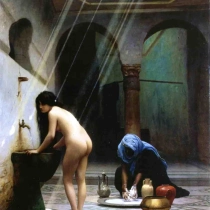

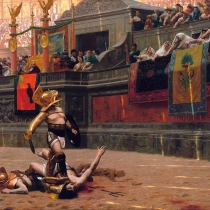






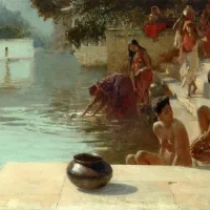
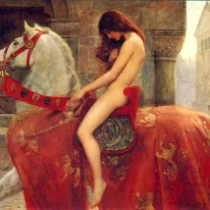

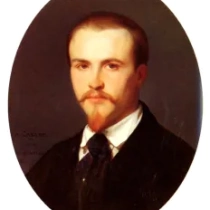
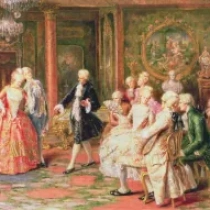

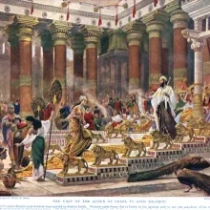



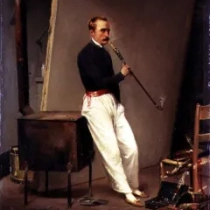

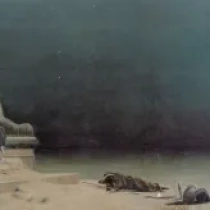
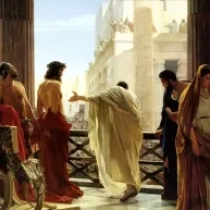




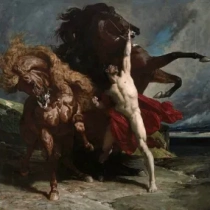
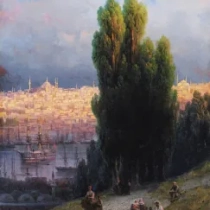


No Comments Yet...